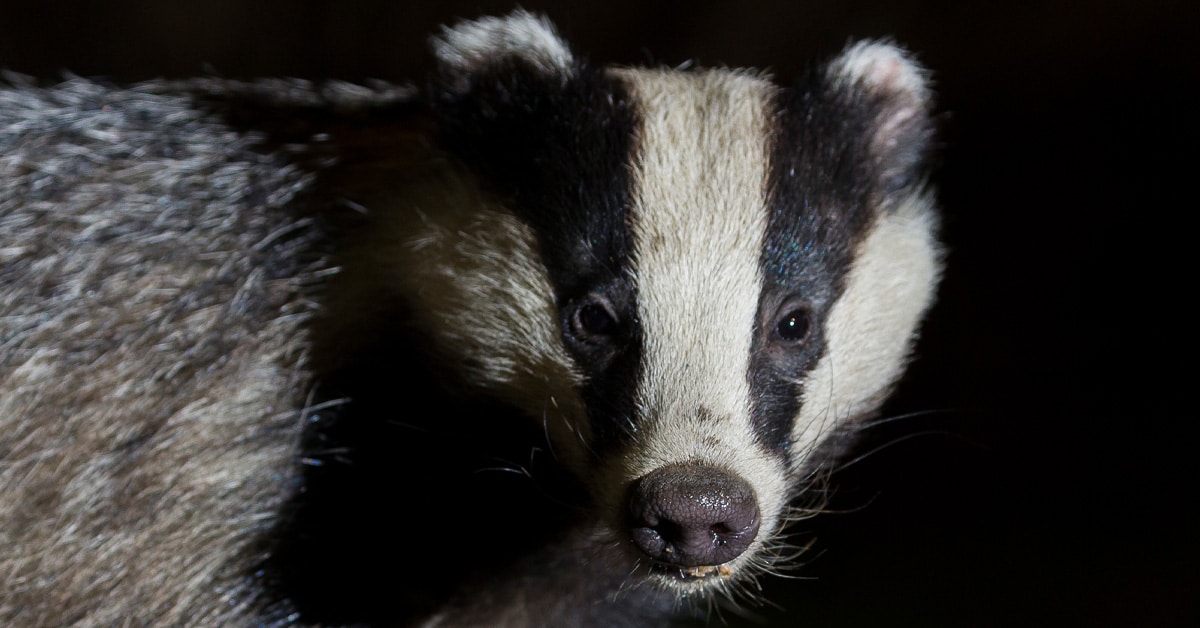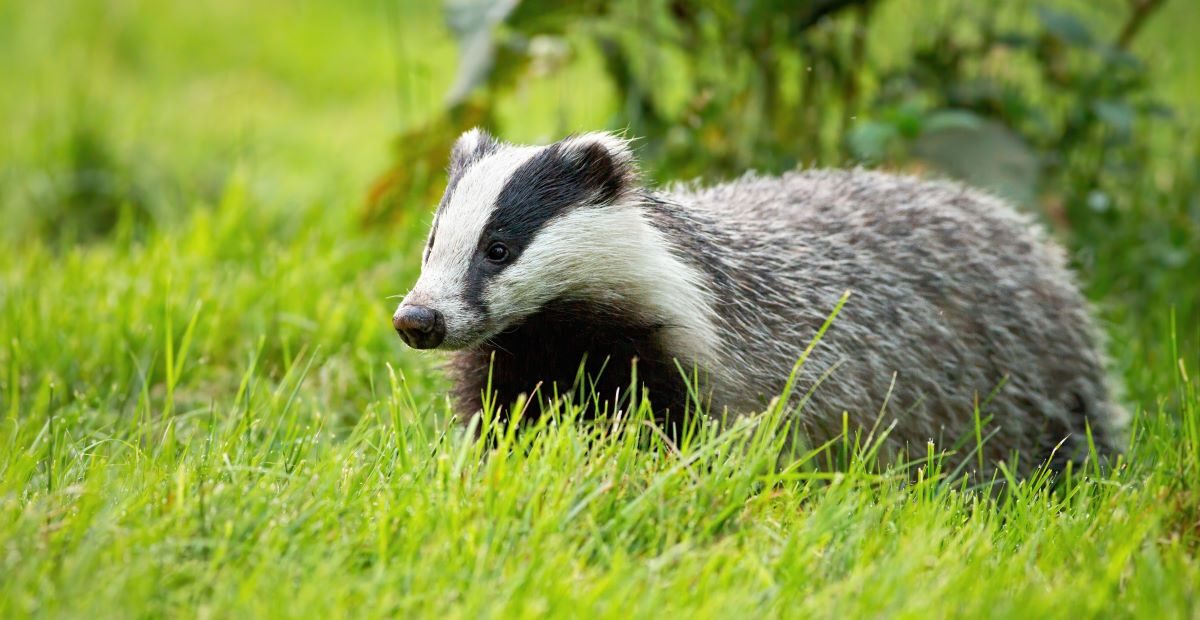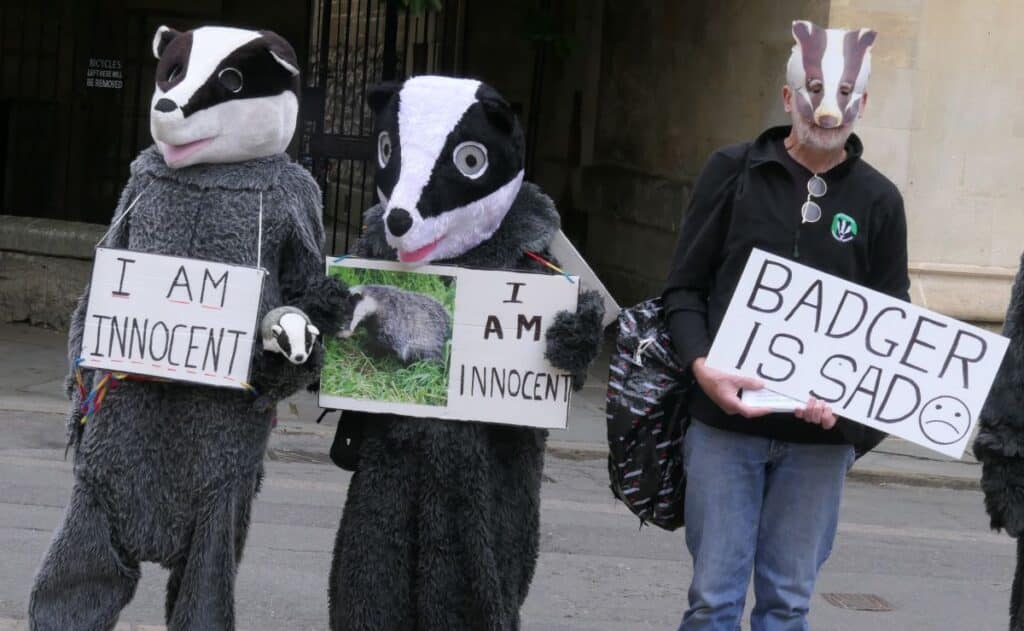The government has published the number of badgers it wants to kill this year as part of the cull to reduce bovine TB (bTB). Despite having announced the badger cull is winding up, the figures remain gut-wrenchingly high.
On 7 September, DEFRA published its document setting out the minimum and maximum number of badgers it wants so-called contractors to kill in 2023. In total, it wants between 14,585 and 53,324 murdered. This is lower than the previous three years when maximum figures were set at 67,801 (2022), 75,903 (2021) and 64,657 (2020). However, it is higher than the years before that, all the way back to the beginning year of the cull in 2013.
2023 is the first year of the cull that doesn’t include new zones. That’s because the government said in 2021 that it would no longer introduce new areas after 2022’s cull finished. Nonetheless, 28 zones remain in the intensive part of the cull.
Intensive culling accounts for the first four years of culling in a given area when cull operators attempt to bring estimated badger numbers down to 30% of the starting population. This part of the process lasts approximately six weeks from the beginning of September. Once intensive culling finishes, zones then move onto supplementary culling. This can last right through until the end of January, and are valid for up to five years.
This year there are 29 zones in the supplementary phase of the cull.
Sadly, some of the figures are eye-wateringly high for both intensive and supplementary culling. The government has set Staffordshire’s area 31 supplementary zone minimum at 373 and maximum at 2492, for example. Wiltshire’s area 42 has just a 19 minimum but a maximum of 2550. The standout zone is Shropshire’s area 50. It’s currently in the intensive phase of the cull and the DEFRA has set its minimum and maximum at 2494 and 4571 respectively. These numbers reflect previous years’ high numbers for the same zones.

Wholesale massacre
By the end of 2022’s cull, contractors had murdered 33,627 badgers. That brought the total number of badgers that the cull has killed up to 210,555. As the Badger Trust highlighted, that means the cull will have killed more than 260,000 badgers by the end of January 2024 if each zone hits its maximum number.
Previous years have shown that actual reported figures fall short of the maximum, though. Last year, as already mentioned cull operators killed 33,627 of the 67,801 maximum. In 2021, a total of 33,687 were killed of the 75,903 maximum. And in 2020, contractors murdered 38,642 badgers out of the 64,657 total. It’s therefore likely we’ll once again see a total reported figure of around 30,000 to 35,000 for this year’s cull.
Of course, that’s not positive news. It remains a wholesale massacre of a creature that is not only iconic but legally protected. Moreover, the entire project is built on questionable grounds.
As the Badger Trust has repeatedly pointed out, bTB is spread from cow to cow in 94% of cases. This means farming conditions are the most important factor in bTB’s spread, not wildlife. And a study in northern Ireland published earlier this year confirmed that. The government’s own documentation showed how this happens when it discussed Cumbria’s area 32:
“A potential ‘hotspot’ area was declared in east Cumbria in the LRA of England during 2016
“This genotype had not previously been identified in Great Britain, and investigations concluded that this was most likely introduced by cattle imported from Northern Ireland.
“There have been three positive badgers, all of which were identified in 2017.”
In other words, farmers introduced a new bTB strain into the country by importing cows, then gave that strain to badgers.

Moreover, badgers killed by cull operators aren’t even sent for post-mortem examinations. As Eliza Egret previously reported for Protect the Wild:
“Natural England is so convinced that its methods are correct that it doesn’t even bother to test dead badgers for the disease.
“In other words, Defra didn’t have a clue which live badgers were infected with bTB in 2022, but indiscriminately murdered them anyway.”
It’s no surprise, then, that since 2013 the cull hasn’t reduced the spread of bTB in England.
Endless cull
This year is supposed to be the beginning of the end for the cull, with no new intensive zones introduced. Yet that means nothing for the tens of thousands of badgers that contractors will kill this year and over the following years.
Even after the end of the cull, the government won’t let up on its persecution of the creatures. The Badger Crowd recently exposed plans for ‘epidemiological culling’, in which the cull operators will attempt to kill 100% of badgers in a given area. It’s likely, then, that the cull will continue well beyond the limits of the existing licensing system.
Fortunately, groups across the country are taking action to disrupt the cull and help as many badgers as possible live to see another year. Please contact your local badger or hunt saboteur group to find out how you can help.

